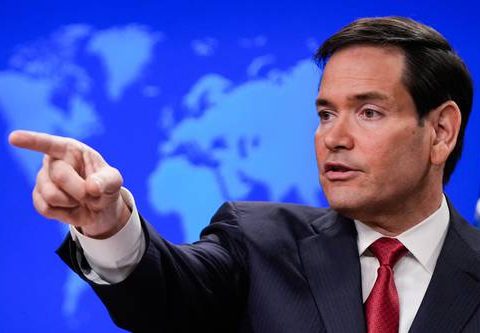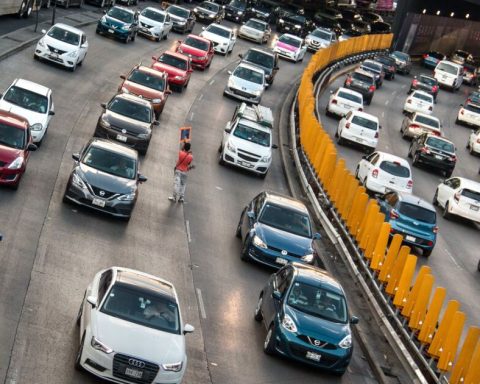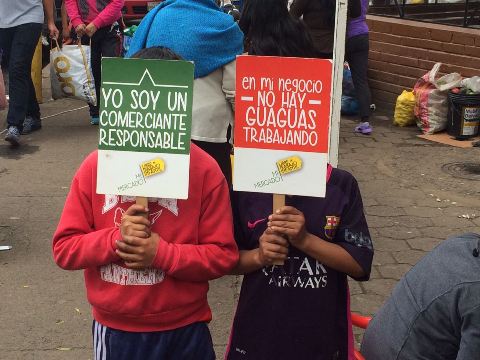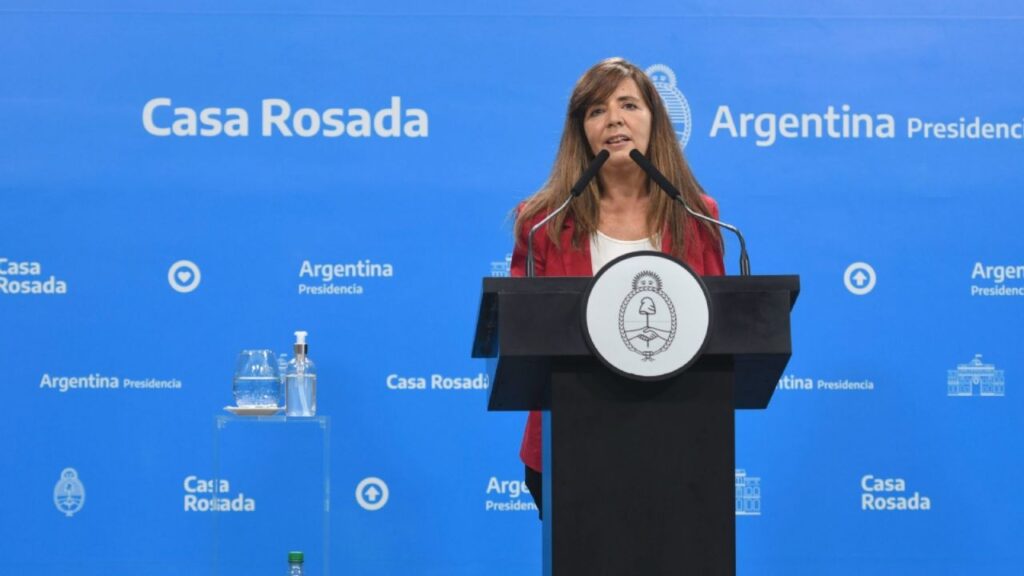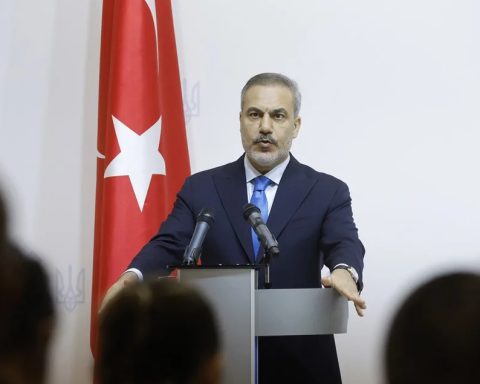Faced with the escalation in oil prices, which in turn impact the price of gasoline for consumers, the Ministry of Finance and Public Credit (SHCP) announced a new decree that stipulates an extra fiscal stimulus to smooth increases in the fuel price.
The decree, whose publication was given last Friday in the Official Gazette of the Federation (DOF) and will be valid until December 31, 2024, indicates that when the existing fiscal stimulus regarding the Special Tax on Production and Services ( IEPS) reaches 100% –as has happened in recent weeks– a complementary fiscal stimulus will be granted.
What is published indicates that the amount of the fiscal stimulus, corresponding to all the liters of fuel disposed of, may be credited against the ISR payable by the taxpayer in the provisional payments or against VAT.
According to Gabriela Siller, director of Economic and Financial Analysis of Banco Base, those who will receive the stimulus are those who pay the IEPS (importers and Pemex), and it is expected that they will transfer the stimulus throughout the chain and that will lead to a lower price to final consumers.
The complementary fiscal stimulus is given in response to the recent increases in fuel, as a result of the economic recovery and, in recent weeks, due to the conflict between Russia and Ukraine, which has raised the price of oil.
“During the first weeks of 2022, prices have had additional increases due to geopolitical tensions in Eastern Europe and the Middle East. The prices of automotive fuels are related to the international prices of fuels and crude oil, as well as to the exchange rate, so the increase in these elements has led to an increase in the stimuli applicable to these fuels, which can reach 100% of the quotas”, states the decree.
As of March 3, the Mexican oil mix was sold at 103.71 dollars per barrel, well above the SHCP’s estimate for this year of 55.1 dollars per barrel. Compared to the close of 2021, the price has increased by 54.33 percent.
How is the stimulus from March 5 to 11?
For the week of March 5 to 11, both Magna gasoline and diesel reached a fiscal stimulus of 100%, for which the complementary stimulus will be activated to avoid a greater impact on the pockets of consumers.
In the case of Magna gasoline, which for the third time receives a 100% fiscal stimulus, it translates to 5.4917 pesos per liter, while with the complementary stimulus another 0.8716 pesos are added. In this way, the total support will be 6.3633 pesos per liter of Magna.
Regarding diesel, the 100% stimulus represents 6.0354 pesos per liter, while the complementary is given by 0.6001. In total, they add up to 6,6355 pesos.
In the case of Premium gasoline, the stimulus is 97.14%, so consumers will pay only 0.1326 pesos of IEPS per liter of gasoline.
impact unknown
Before being published in the DOF, Rogelio Ramírez de la O, secretary of the Treasury, explained that although the decree had already been contemplated before, he does not know the cost that it will have for the public treasury.
“How much will it cost? I don’t know, what I can tell you is that there is a cushion for extra oil income. Part of this income is owned by Pemex and part of it goes to the Mexican Oil Fund. In both cases, it is perfectly usable within the public sector. It’s going to cost, but we’re covered.”
Ramírez de la O explained that there is a kind of “natural coverage” since, when the price of oil is high -and therefore that of gasoline- the collection of the IEPS is reduced by fiscal stimuli, otherwise when the price of gasoline is low.
Meanwhile, according to the Ministry of Finance’s own estimates, a higher price per barrel would result in higher oil revenues.
In total, for each dollar extra to the Treasury estimate of 55.1 dollars per barrel, 13,588 million pesos more would enter the government coffers.
“An increase in the price of oil increases revenues from oil exports more than the increase in expenses for hydrocarbon imports for Petróleos Mexicanos”, exposes the Treasury in the General Criteria of Economic Policy for this year.

